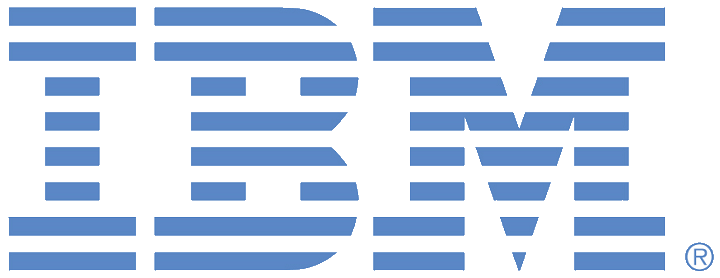
Welcome to this exclusive interview with Arvind Krishna, CEO of IBM, as part of the Cloud Wars Top 10 CEO Outlook 2025 series. Krishna shared with Cloud Wars Founder Bob Evans the company’s optimistic outlook for 2025 amid geopolitical and economic uncertainties. They also discuss IBM’s shift towards software, its AWS and Palo Alto Network partnerships, and how Red Hat has flourished since joining IBM.
Highlights
IBM’s Optimistic Outlook (01:18)
Despite current geopolitical and economic uncertainties, Krishna remains optimistic about technology’s role, especially in terms of automation and AI, in driving business transformations. He notes there’s an increased appetite for technology globally, including in Europe, as a response to these uncertainties. Technology is a way to deliver better services at lower costs, which makes it an exciting time for the technology business.
Focus on Delighting Clients (03:41)
IBM exists to serve clients, focusing on delighting them through technology deployment and support. Krishna discusses the importance of taking risks to innovate and the need to cut bureaucracy and unnecessary processes. He emphasizes that partnerships should be win-win scenarios. “Can we expand the pie in which case we both win because the client is happier?”
IBM’s Shift to Software and Impact on Clients (06:36)
There’s been a significant shift in IBM’s revenue mix, with software now accounting for almost half of IBM’s revenue. Krishna explains that software’s flexibility allows for incremental improvements, unlike hardware, which often require more disruptive changes. IBM focuses on software and providing unique value to clients in automation, hybrid cloud, data, and AI.
Enterprise Adoption of Large Language Models (10:05)
Krishna talks about the current state of enterprise understanding of large language models, or LLMs: “If I look at the enterprise understanding of large language models and what we can do for them, it’s like we’re in the first innings of a baseball game.” Krishna advises enterprises to move forward in three steps: First, start with low-risk applications like customer experience functions such as answering service calls, as well as internal enterprise functions. Second, move to a little more risky but not totally risky use cases, like accounts receivable, procurement, and supply chain. Then, step three is applying LLMs to things like oncology and diagnosis in healthcare — vertical-industry-specific functions. The excitement is more on step three, but customers should initially focus on the first two, where there’s a lot of value.
Leveraging Automation to Drive Innovation (15:04)
All enterprises understand the importance of running lean and using productivity gains to focus resources on high-value activities. Krishna shares that IBM has freed up resources by automating tasks, allowing for more R&D to develop innovative products. He notes that overall employment has increased, but more focus is on high-value activities that enhance growth rates.

AI Agent & Copilot Summit is an AI-first event to define opportunities, impact, and outcomes with Microsoft Copilot and agents. Building on its 2025 success, the 2026 event takes place March 17-19 in San Diego. Get more details.
Red Hat’s Growth and Role in Hybrid Cloud (16:59)
Red Hat has had impressive growth since joining IBM. Krishna says it has more than doubled its revenue since joining IBM in 2019, now exceeding $6 billion. He explains that Red Hat is the leading hybrid cloud platform, allowing for flexibility in deploying workloads across data centers and cloud environments.
R&D as a Growth Engine (21:40)
R&D should focus on innovation and quickly bringing those innovations to clients. R&D is about identifying unmet needs. “Henry Ford was asked like, how did you think of the Model T? And his answer was ‘Look, if I had surveyed my customers, they would have said they wanted a stronger horse or a longer whip, but the automobile was the right answer.’ Krishna mentions that quantum computing is a key area of focus for IBM in terms of research and development.
The Benefits of Strategic Partnerships (24:56)
IBM’s strategic partnerships impact client value and IBM’s growth. Krishna notes that half of IBM’s consulting team’s revenue now comes from these partnerships. He provides the example of IBM helping Delta Airlines move to AWS, while integrating Red Hat and other tools to enhance the client’s experience. Krishna talks about a new partnership with security software provider Palo Alto Networks that’s expected to generate significant pipeline for IBM’s consulting team.
Final Thoughts and Future Outlook (27:56)
Krishna encourages clients to assign technology the same importance as other critical functions like finance and marketing. “Do you give tech the same importance that you give your CFO?” He reiterates the importance of technology and the need for businesses to adapt to its rapid pace of change. Evans closes by observing that in 2025, there’s potential for the Cloud Wars Top 10 companies to exceed $10 trillion in combined market cap.
Ask Cloud Wars AI Agent about this analysis










